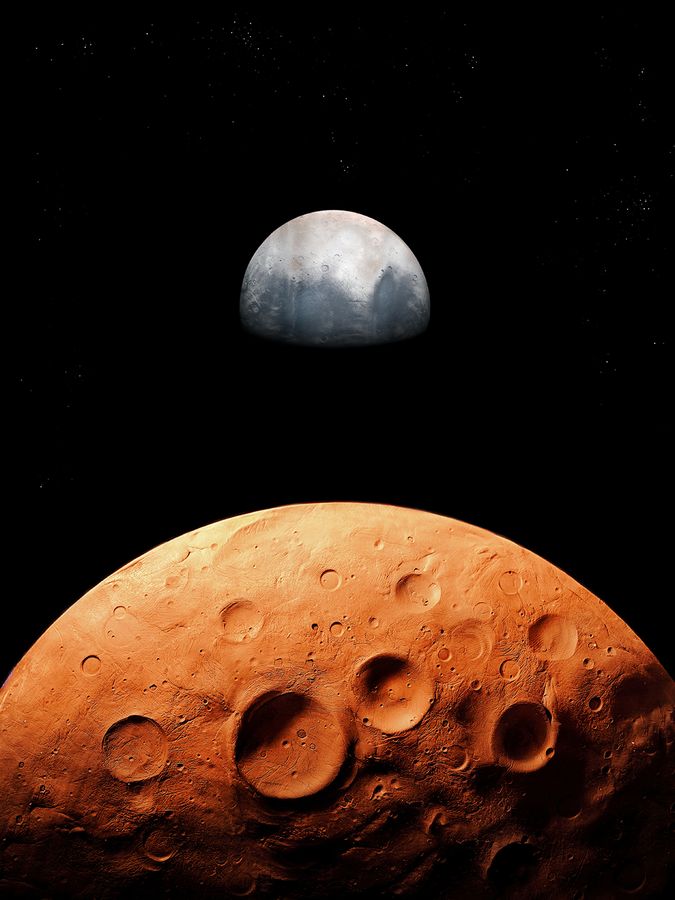
‘Additional 56.02 microseconds’: Why clocks tick faster on Moon?

Produced by: Tarun Mishra Designed by: Manoj Kumar

NASA’s Lunar Exploration
As NASA prepares for sustainable human presence on the Moon, researchers are studying how clocks behave in different gravitational environments. This work supports navigation, communication, and space exploration logistics.

Moon Clocks Gain Time Daily
Clocks on the Moon tick faster than those on Earth due to differences in gravity. A study published in The Astronomical Journal found that a clock near the Moon gains an additional 56.02 microseconds each day compared to an Earth-based clock.

Focus on Lagrange Points
The research also examined Lagrange points, regions in space where gravitational forces balance out. These points are crucial for staging spacecraft, maintaining communication, and enabling precise navigation between the Earth and Moon.
Critical Role in Communication
Lagrange points help establish reliable communication systems in space, mitigating delays caused by distance and gravitational effects. Precise timing at these points ensures effective data transfer and coordination among spacecraft.


Timing and Spacecraft Navigation
Accurate timekeeping is essential for spacecraft to match planetary movements, achieve successful landings, and avoid collisions. This is critical for planning and executing interplanetary missions, including those to Mars and beyond.

Implications for Space Physics
Understanding how time behaves differently in varying gravitational environments enhances knowledge of fundamental physics. It provides insights into how space and time interact across different celestial bodies.

Time Variations Aid Exploration
Researchers emphasize that understanding time differences across planets is essential for improving exploration capabilities. It allows for better coordination between systems and ensures smoother operations during deep-space missions.

Future Missions
As human missions to the Moon, Mars, and other celestial bodies become more frequent, understanding time variations is vital. It impacts communication, navigation, and coordination, laying the groundwork for sustainable interplanetary exploration.